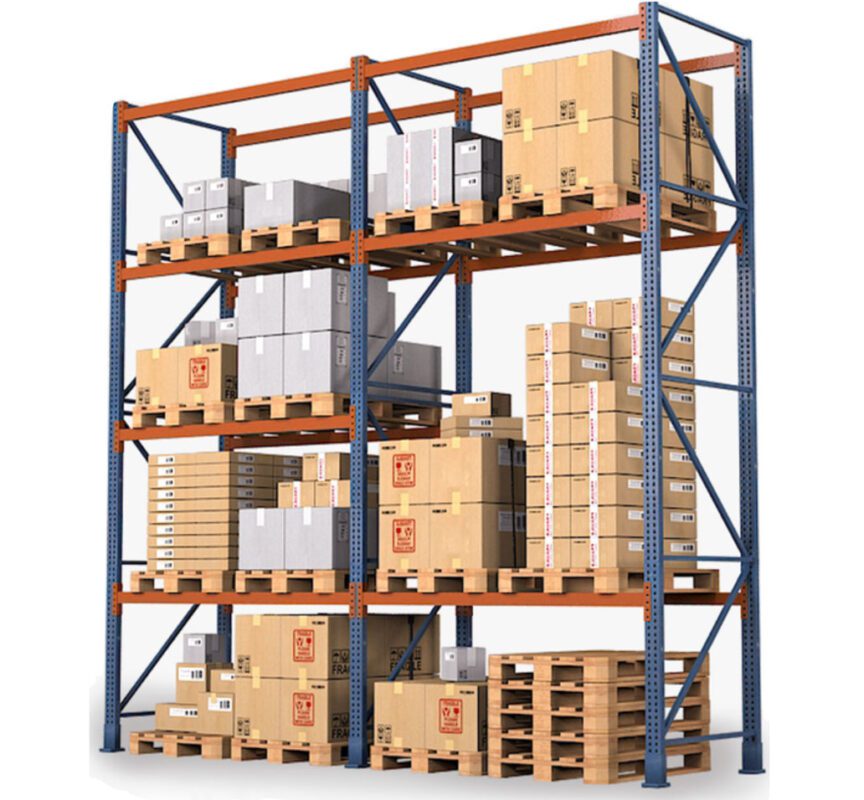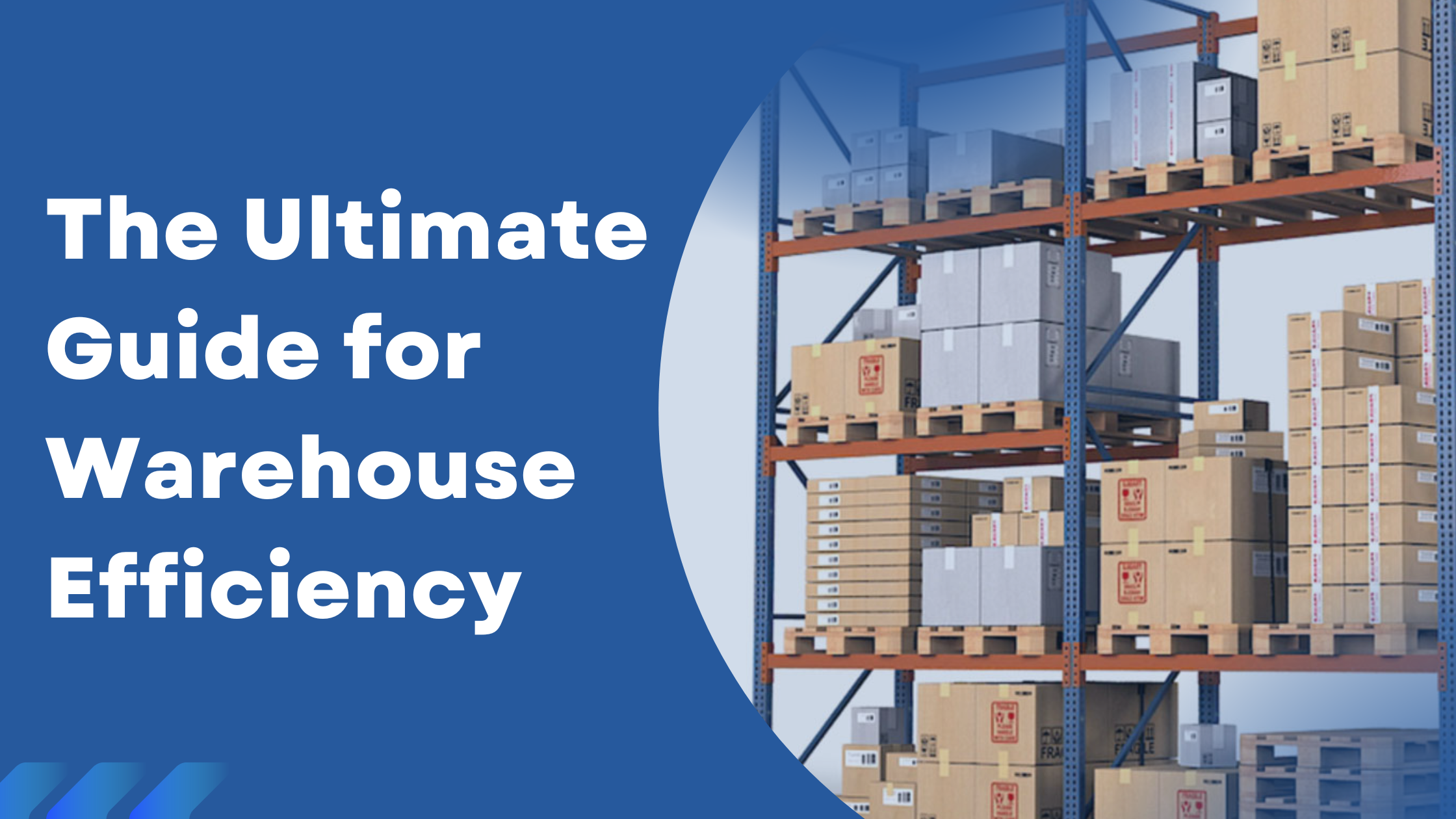When it comes to maximizing the efficiency of your warehouse storage space, selective pallet racking is a great solution. This type of racking system offers easy access to your products, making it ideal for businesses that deal with a large variety of items. In this article, we’ll cover everything you need to know about selective pallet racking, including its benefits, types, installation, and maintenance.
What is Selective Pallet Racking?
Selective pallet racking is a type of storage system that allows for easy access to individual pallets. The system is made up of upright frames, horizontal beams, and wire mesh decking, which create shelves for the pallets to rest on. Selective pallet racking is popular for its versatility and ability to accommodate various pallet sizes and weights.
Benefits of Selective Pallet Racking
Selective pallet racking offers several benefits to businesses, including:
1. Maximizes storage space
Selective pallet racking is designed to maximize the use of vertical space in a warehouse, allowing for the storage of more items in a smaller footprint. This is especially important for businesses with limited floor space.
2. Easy access to products
Selective pallet racking allows for easy access to individual pallets, making it ideal for businesses that need to quickly and frequently access their products.
3. Versatility
Selective pallet racking can accommodate a variety of pallet sizes and weights, making it a flexible storage solution for businesses with changing inventory needs.
4. Cost-effective
Selective pallet racking is a cost-effective storage solution because it maximizes vertical space, which can reduce the need for additional warehouse space.
Types of Selective Pallet Racking
There are three main types of selective pallet racking:
1. Single-Deep Selective Racking
Single-deep selective racking is the most common type of selective pallet racking. It allows for easy access to individual pallets and is ideal for businesses with a large variety of items.
2. Double-Deep Selective Racking
Double-deep selective racking allows for two pallets to be stored behind each other, which maximizes storage space. However, it can be more challenging to access the back pallet.
3. Drive-In/Drive-Through Selective Racking
Drive-in/drive-through selective racking allows for pallets to be stored in lanes, with forklifts driving into the lanes to access the pallets. This type of racking is ideal for businesses with a large quantity of the same item.
How to Install Selective Pallet Racking
Proper installation is critical to the safety and effectiveness of selective pallet racking. Here are the steps for installing selective pallet racking:
Pre-Installation Considerations
Before installing selective pallet racking, it’s important to consider the following:
- Warehouse layout
- Height and weight requirements
- Access to the racking system
- Type of forklift being used
Installation Steps
- Install the upright frames.
- Attach the horizontal beams to the upright frames.
- Install wire mesh decking onto the horizontal beams.
- Repeat steps 1-3 for each level of the racking system.
- Install pallet supports onto the horizontal beams.
- Install pallet stops onto the upright frames to prevent pallets from pushing through the racking system.
- Conduct a final inspection to ensure that the racking system is level and secure.
It’s important to note that selective pallet racking installation should be done by a professional to ensure that it’s done correctly and safely.
How to Maintain Selective Pallet Racking
Regular maintenance is essential to ensure that your selective pallet racking remains safe and functional. Here are some tips for maintaining your selective pallet racking:
Inspection and Maintenance Schedule
Create a regular inspection and maintenance schedule to ensure that your racking system is in good condition. This schedule should include:
- Regular visual inspections
- Annual inspections by a professional
- Repairs as needed
Tips for Maintaining Selective Pallet Racking
Here are some tips for maintaining your selective pallet racking:
- Keep the racking system clean and free of debris
- Only use the racking system for its intended purpose
- Train employees on the proper use and maintenance of the racking system
- Address any issues or damage immediately
By following these tips and scheduling regular inspections and maintenance, you can ensure that your selective pallet racking remains safe and functional for years to come.
Conclusion
Selective pallet racking is an efficient and cost-effective storage solution for businesses with varying inventory needs. With its easy access, versatility, and space-saving design, it’s no wonder that selective pallet racking is a popular choice for warehouses. By understanding the types, installation process, and maintenance requirements of selective pallet racking, you can make an informed decision about whether it’s the right storage solution for your business.

FAQs
Is selective pallet racking suitable for all types of inventory?
Selective pallet racking can accommodate a variety of pallet sizes and weights, but it may not be suitable for all types of inventory. Consult with a professional to determine if it’s the right storage solution for your business.
How do I determine the right size for my selective pallet racking system?
The size of your selective pallet racking system will depend on your inventory needs and available warehouse space. Consult with a professional to determine the appropriate size for your business.
Is it necessary to have a professional install selective pallet racking?
Yes, proper installation is critical to the safety and effectiveness of selective pallet racking. It’s recommended to have a professional install the racking system
How often should selective pallet racking be inspected?
Selective pallet racking should be inspected regularly, at least once a year, to ensure it’s safe and functioning properly.
Can selective pallet racking be used for items other than pallets?
Yes, selective pallet racking can be used for various items, such as boxes and containers, by adding additional shelving or using wire mesh decking.

